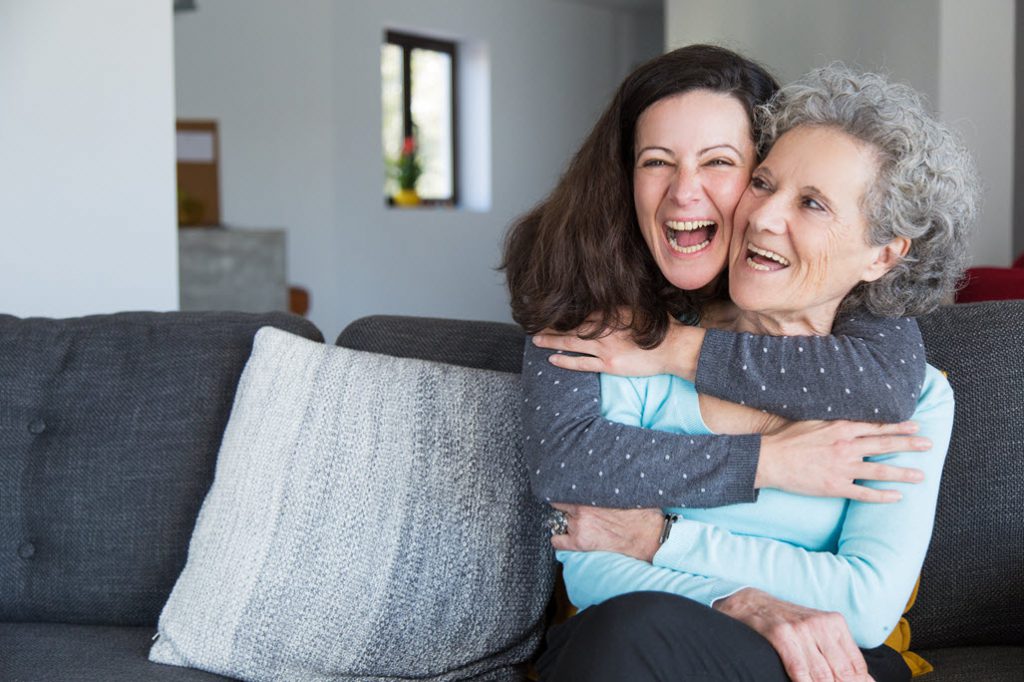Lifestyle

The very thought of head lice may make you feel queasy and a little itchy, but you can win the battle against these little creatures.
Head lice can be the bane of parents’ lives, particularly those with young children. They mainly affect primary school aged children and statistics indicate up to 60 percent of kids are infested at any one time. However, adults can also get them.
What are head lice?
Head lice are harmless creatures, even if they do make most people squirm a little. These tiny, wingless insects are about the size of a sesame seed and can vary in colour from cream to dark brown. They live in the hair on human heads and necks, where they feed on blood from the scalp.
While lice can’t fly, they can crawl from person to person through close contact. They can also be transferred through the sharing of personal items such as hairbrushes and combs. Despite the urban myth, they’re not a sign of poor hygiene or dirty hair.
The life-cycle of head lice
Female lice lay eggs (or nits) close to the scalp at the base of the hair shaft. After seven to 10 days, these eggs hatch and within two weeks, they’re mature enough to lay eggs themselves. In many cases, the nits are easier to see than the actual lice – they’re about the size of a pinhead and are cream in colour.
Signs and symptoms
While lice bites may irritate the scalp and cause itching, this may not be a symptom for everyone. The best way to identify if your child has head lice is to check the hair for eggs. They’ll be firmly attached to the hair and can’t be brushed or flicked off.
Treating head lice
There are a variety of treatments available to get rid of head lice, with each method involving the removal of head lice and nits from the hair.
You can treat head lice using:
The important thing to remember is that one treatment will not kill all lice and eggs at once. If you use a lice shampoo, or the conditioner and comb method, you must do a follow-up treatment within seven to 10 days in order to kill any lice that may have hatched during that time.
Preventing head lice
There’s no prevention of head lice. But you can reduce the risk by discouraging your kids from sharing hairbrushes, combs and other personal items. And long hair is not as vulnerable if tied back.
You should treat head lice as soon as you spot them. And you’ll need to notify your child’s school or pre-school so that other parents can check their children’s hair.
You should also check when your child can return to school, as Health Department guidelines following an outbreak of head lice vary from state to state.